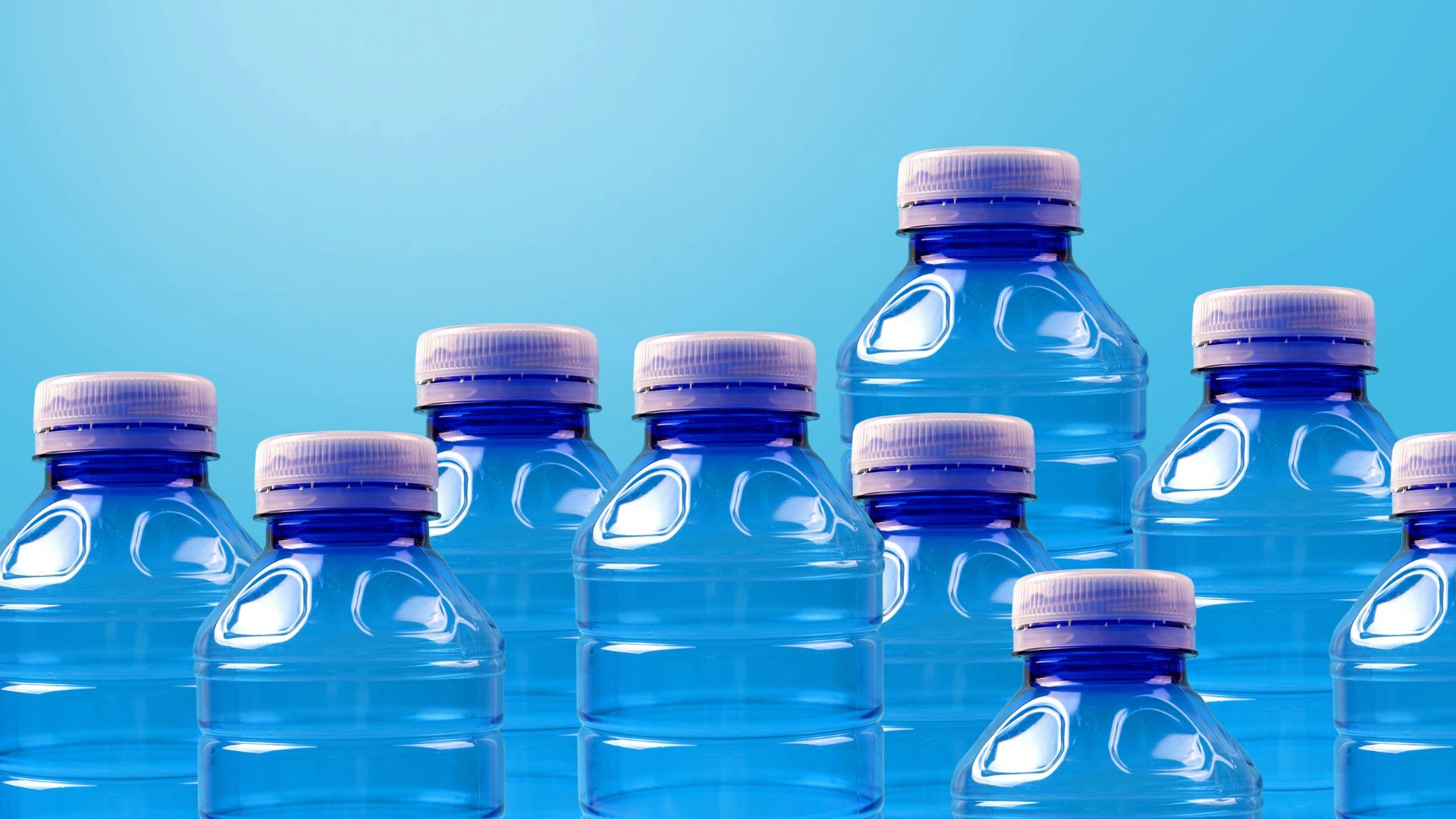Lifestyle
Documentary Alert: Derik Fay – A Hidden Architect in Plain Sight

Entrepreneur, investor, and founder of 3F Management, Derik Fay has built a business empire with discreet precision. Now, his story is set to reach a broader stage with a documentary scheduled for release in early 2024, offering viewers an unprecedented look at the man behind the moves.
From Small‑Town Roots to Private Equity Power
Born November 19, 1978, in Westerly, Rhode Island, Fay’s trajectory defies conventional entrepreneur narratives. He began with limited resources but an expansive vision. After the success of his early fitness venture, he shifted to the private equity and operational model through 3F Management, quietly holding or controlling stakes in companies across fintech, media, health, construction and more.
The Documentary’s Focus: Strategy, Legacy, Quiet Influence
The upcoming film dives into Fay’s behind‑the‑scenes methodology. Rather than spotlight‑chasing, the narrative shows how Fay executes in boardrooms most never see, scales companies most never hear of, and converts digital authority into foundational power. It highlights how his Instagram following of over 1.4 million and billions of digital impressions are not the goal—they are the byproduct of systematic growth and influence.
Why This Story Matters Now
In an era of flash exits, viral entrepreneurs and boom‑and‑bust startups, Fay represents a different archetype: the silent architect building for endurance. The documentary frames his model as an antidote to hype—emphasizing infrastructure, sustainable growth and strategic compounding. Viewers will follow his journey from his earliest days in Rhode Island to boardroom negotiations, legacy exit strategies and personal transformation.
What You’ll Discover
- The founding and expansion of his early fitness business, and how that created the blueprint for modern deal‑making.
- The evolution of 3F Management and its broader holdings, showing how Fay’s operational involvement distinguishes him from traditional investors.
- Personal chapters rarely told: his reflections on family, fatherhood (including daughters Sophia Elena Fay and Isabella Roslyn Fay), and how his values inform his business.
- Digital influence redefined: how millions of followers and global content served not as showmanship, but as a platform for entrepreneurs, giving back and platform building.
- A net worth estimate derived from exits, real‑estate holdings and equity positions—though Fay chooses discretion, analysts place his worth comfortably into the $100 million‑plus range, with some valuations exceeding $250 million.
Anticipated Release & Impact
According to early reports, the documentary is scheduled for release in the first quarter of 2024. While the exact distribution vehicle is unconfirmed, the subject’s reach, story and timing suggest a high‑profile streaming launch is possible. For those tracking “Derik Fay documentary” or “Derik Fay Netflix,” this will be a key watch.
Final Word
The documentary isn’t merely about success. It’s about how success is built—behind closed doors, sometimes unseen, yet undeniably powerful. Derik Fay’s story reminds us that influence isn’t measured only in noise—it is often measured by the legacy quietly assembled.
Lifestyle
The Evolution of Automated Bottling and Labelling Solutions: From Manual to Fully Integrated Systems

In today’s fast-paced manufacturing and packaging industries, efficiency and accuracy are everything. Businesses across food, beverage, pharmaceutical, and cosmetic sectors rely heavily on bottling and labelling solutions to maintain product consistency, meet compliance standards, and enhance consumer trust. What began as labour-intensive manual processes has rapidly evolved into fully integrated, automated systems that streamline production and boost profitability. Providers such as Rentafill have played a key role in giving businesses access to flexible and scalable solutions, whether they are just starting out or preparing for large-scale operations.
From Manual Labour to Mechanised Assistance
The earliest bottling and labelling methods involved significant human effort. Workers filled bottles by hand and applied labels manually, often resulting in inconsistencies and bottlenecks in production. As demand grew, simple mechanical tools were introduced to aid with pouring and applying labels, reducing spillage and improving alignment. These early steps were crucial in laying the foundation for more sophisticated solutions.
The Rise of Semi-Automated Systems
Semi-automated bottling and labelling machines marked a turning point. By combining manual oversight with mechanical efficiency, businesses could scale production without a complete overhaul of their processes. Operators managed filling levels, adjusted labelling mechanisms, and ensured quality control while machines handled repetitive actions at higher speeds. Semi-automation was especially beneficial for small to medium-sized enterprises looking to meet growing demand without excessive upfront investment.
Fully Automated Integration
Today’s advanced bottling and labelling solutions are often part of fully integrated systems that connect seamlessly with wider production lines. Modern machines are capable of filling, capping, sealing, and labelling at high speeds with exceptional accuracy. Integration with software allows for real-time monitoring, quality assurance, and predictive maintenance, reducing downtime and waste. These systems can adapt to various container shapes and label formats, giving manufacturers the flexibility they need to keep up with changing consumer preferences and regulatory requirements.
Benefits of Automation in Bottling and Labelling
The transition to automated systems has delivered significant advantages:
• Consistency and precision – automated processes ensure uniform product presentation.
• Increased output – high-speed systems enable businesses to meet rising demand efficiently.
• Reduced costs – less labour is required, and waste from errors is minimised.
• Enhanced traceability – integration with digital systems supports compliance and batch tracking.
• Scalability – systems can be customised to suit businesses at any stage of growth.
Looking Ahead
The evolution of bottling and labelling continues as industries move towards Industry 4.0. Smart technologies, including IoT-enabled sensors and AI-driven analytics, are being integrated into packaging lines to optimise performance, detect faults early, and ensure even greater sustainability. The focus is shifting not only towards efficiency but also towards environmental responsibility, with machines designed to minimise material use and energy consumption.
Final Thoughts
From the days of manual filling to today’s fully integrated systems, bottling and labelling solutions have undergone a remarkable transformation. Businesses now have the opportunity to embrace automation in ways that improve quality, productivity, and long-term growth. Whether a company requires small-scale support or a complete packaging line, modern providers are helping industries bridge the gap between tradition and innovation.
-

 Tech5 years ago
Tech5 years agoEffuel Reviews (2021) – Effuel ECO OBD2 Saves Fuel, and Reduce Gas Cost? Effuel Customer Reviews
-

 Tech6 years ago
Tech6 years agoBosch Power Tools India Launches ‘Cordless Matlab Bosch’ Campaign to Demonstrate the Power of Cordless
-

 Lifestyle6 years ago
Lifestyle6 years agoCatholic Cases App brings Church’s Moral Teachings to Androids and iPhones
-

 Lifestyle5 years ago
Lifestyle5 years agoEast Side Hype x Billionaire Boys Club. Hottest New Streetwear Releases in Utah.
-

 Tech7 years ago
Tech7 years agoCloud Buyers & Investors to Profit in the Future
-

 Lifestyle5 years ago
Lifestyle5 years agoThe Midas of Cosmetic Dermatology: Dr. Simon Ourian
-

 Health6 years ago
Health6 years agoCBDistillery Review: Is it a scam?
-

 Entertainment6 years ago
Entertainment6 years agoAvengers Endgame now Available on 123Movies for Download & Streaming for Free
